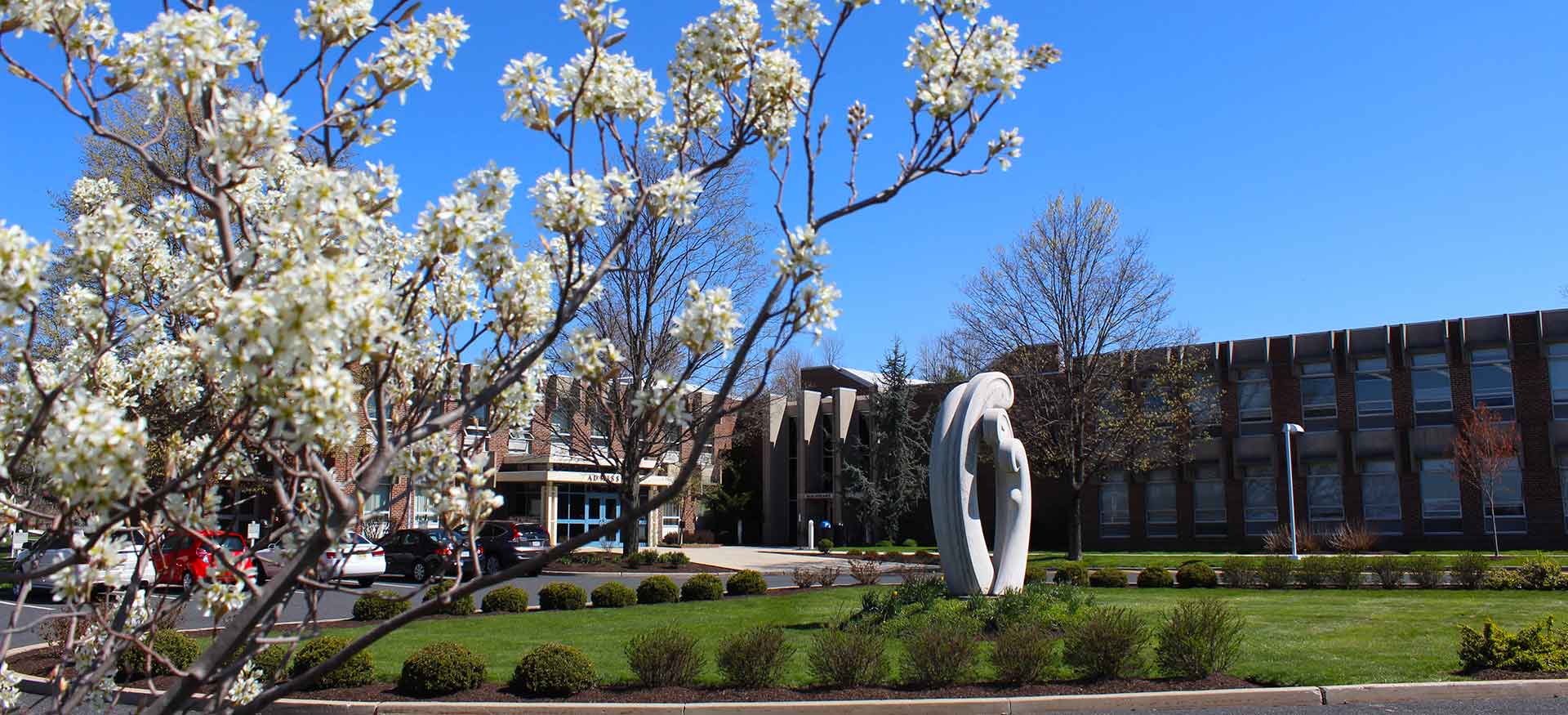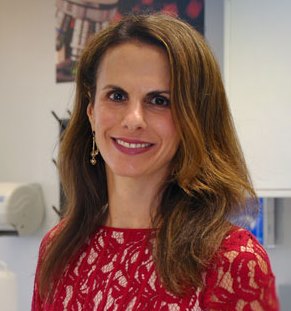Preparing Students to Succeed in the Sciences

Primary research literature is a critical component of undergraduate science curriculums. But reading and teaching these scientific papers can be challenging for both students and instructors. Now, Lara Goudsouzian, Ph.D., associate professor, and Jeremy Hsu, Ph.D., assistant professor at Chapman University in California, are working to change that.
The two met through the PALM Network, which pairs expert instructors with novice instructors in the life sciences. In 2022, they teamed up to organize a workshop on the teaching of primary literature at a national biology conference in Minnesota. Though both had experience teaching primary literature in the classroom, they ran into roadblocks.
“As we were doing research, we thought there would be plenty of papers about how to teach primary literature or the best techniques to use it,” says Goudsouzian. “We found almost nothing.”
That experience inspired a second collaboration—researching techniques to teach primary literature and looking at the best ways in which students learn. Hsu tackled the student angle while Goudsouzian spent months reading through 100 research papers outlining 74 approaches that faculty have taken. The two found that there’s no standardized method of teaching primary literature to students, which they call shocking.
“Primary research literature is how scientists communicate with each other. You can’t succeed as a scientist if you can’t read, interpret, and understand these papers, and if you can’t, at some point, start to write them yourself.”
Adds Hsu: “Reading primary scientific literature is so critical, and there is no one size fits all approach for teaching this skill.”
Goudsouzian and Hsu point to several key reasons for the lack of a standardized method of teaching. First, the language in primary literature is complex and can be confusing, making it difficult to teach. Students can also get discouraged quickly since the reading requires a level of knowledge that first or second years likely don’t possess.
To close the gap, they recommend that instructors scaffold knowledge, giving students a little at a time until they’re comfortable with the material. They also stress the importance of librarians, calling them an untapped resource for both faculty and students looking to find the right research papers.
Through their research, Goudsouzian and Hsu also discovered that nearly none of the approaches targeted students at community colleges. That’s a huge cause for concern, they say, considering up to 40% of biology students start out at two-year schools.
“Community colleges are a springboard for a vast percentage of the students who will end up graduating from our colleges and universities, and these students are not getting this instruction,” Goudsouzian says. “When students transfer, they face a host of challenges. But if they’re juniors and they don’t know how to read these papers, they’re completely lost and confused. It’s unfair.”
Goudsouzian and Hsu recommend better mentorship of two-year biology instructors. They also plan to implement their findings into their own departments and classrooms to improve instruction and cohesiveness within both schools. Their full article will be published in the September issue of CBE-Life Sciences Education and can be found online here.






